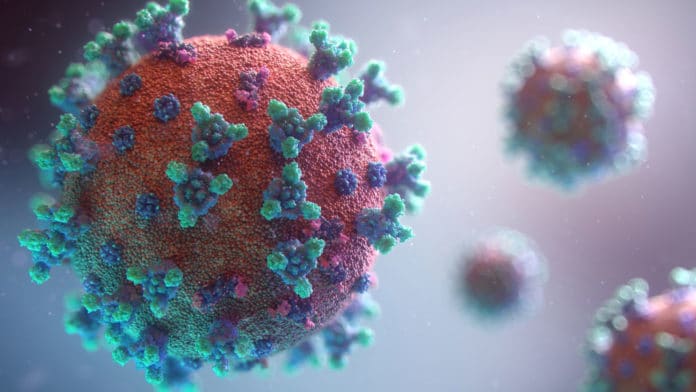Lockdowns and stay-at-home orders in response to the Covid-19 pandemic have raised an urgent question in peoples’ minds, “How long must these restrictions last?”
According to research of top 36 countries and 50 states of the US affected by the epidemic as of end-March yield that the lockdown to contain COVID-19 must be maintained for at least 44 days.
Scientists identified two simple, intuitive, and generalizable metrics of the spread of disease: daily growth rate and time to double cumulative cases. Both are critical metrics for an accurate understanding of how this disease is spreading.
These metrics enable three simple, intuitive, and actionable benchmarks to target: Moderation, Control, and Containment that give public health officials clear goals to target in managing this pandemic.
- Moderation: when growth rate stays below 10% and doubling time stays above seven days.
- Control: when growth rate stays below 1% and doubling time stays above 70 days.
- Containment: when growth rate remains 0.1% and doubling time stays above 700 days.
Based on the data, scientists obtained primary results suggesting: Countries take an average of about three weeks to moderate, four weeks to control, and over 6 weeks to contain the spread of the disease, after lockdown.
However, substantial differences take place between large and small countries in time to act.
Nitish Sood, a student at Augusta University studying Cellular & Molecular Biology said, “Singapore and South Korea adopted the path of massive test and quarantine, which seems to be the only successful alternative to costly lockdowns and stay-at-home orders.”
“Even though huge differences exist among countries, it’s striking to see so many similarities from aggressive intervention to moderation, control, and containment of the spread of the disease.”
Gerard Tellis of USC Marshall School of Business said, “Besides size of country, borders, cultural greetings (bowing versus handshaking and kissing), temperature, humidity, and latitude may explain these differences.”
Scientists noted, “Their analysis bolsters the case for adopting aggressive measures, whether it’s the aggressive lockdowns of Italy or California, massive testing and quarantine of South Korea or Singapore, or a combination of both as seen in China. However, the U.S. may have a unique challenge because of its federal constitution.”
“Only half of the states have adopted aggressive intervention and that at varying times. Should these states achieve control or containment, they may be vulnerable to contagion from states that were late to do so.”
In this study, the aggressive intervention is defined as lockdowns, stay-at-home orders, mass testing and quarantines.
The study was co-authored by Professor Gerard Tellis of USC Marshall School of Business, Professor Ashish Sood of UC Riverside’s A. Gary Anderson Graduate School of Management, and Nitish Sood, a student at Augusta University studying Cellular & Molecular Biology.
Journal Reference:
- How Long Should Social Distancing Last? Predicting Time to Moderation, Control, and Containment of COVID-19. DOI: 10.2139/ssrn.3562996
